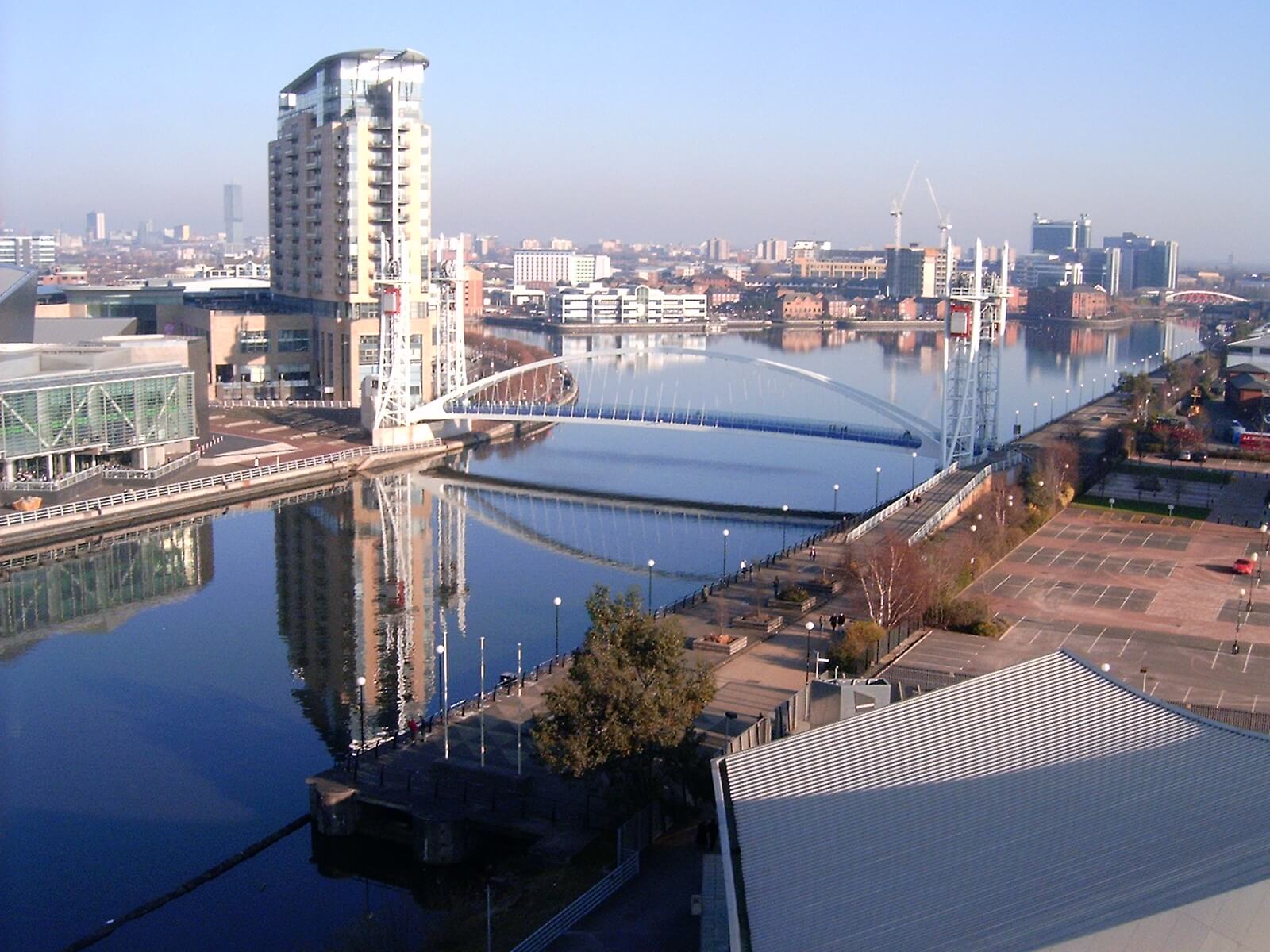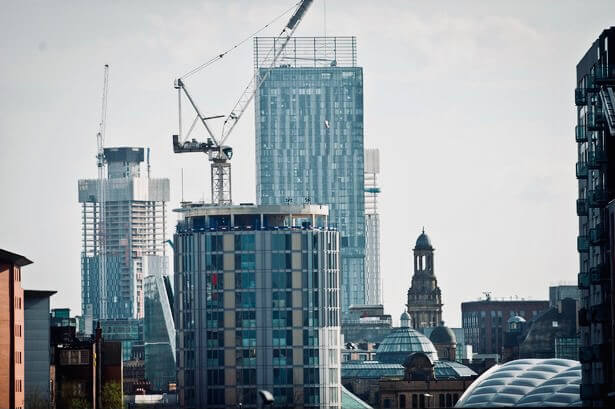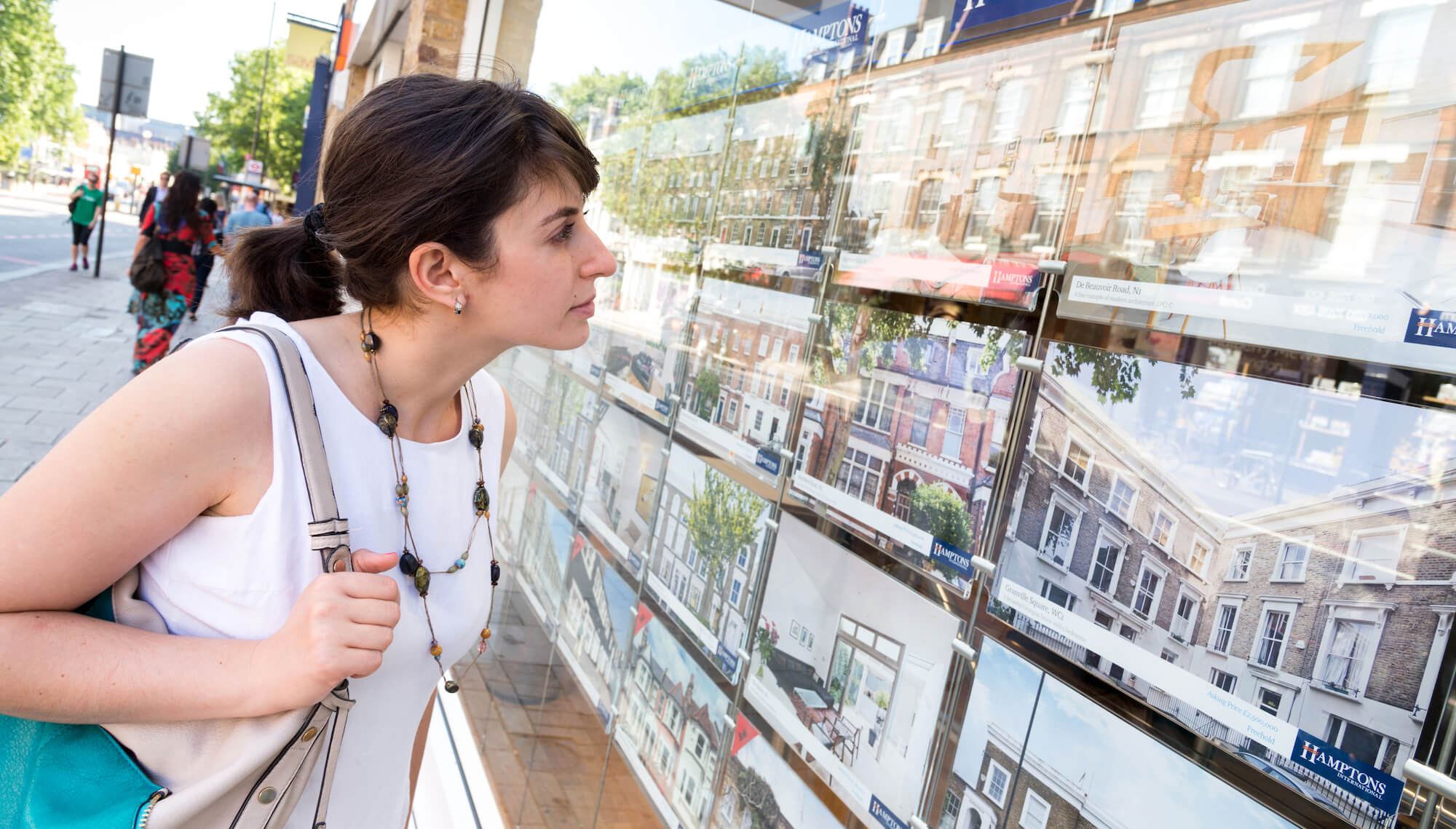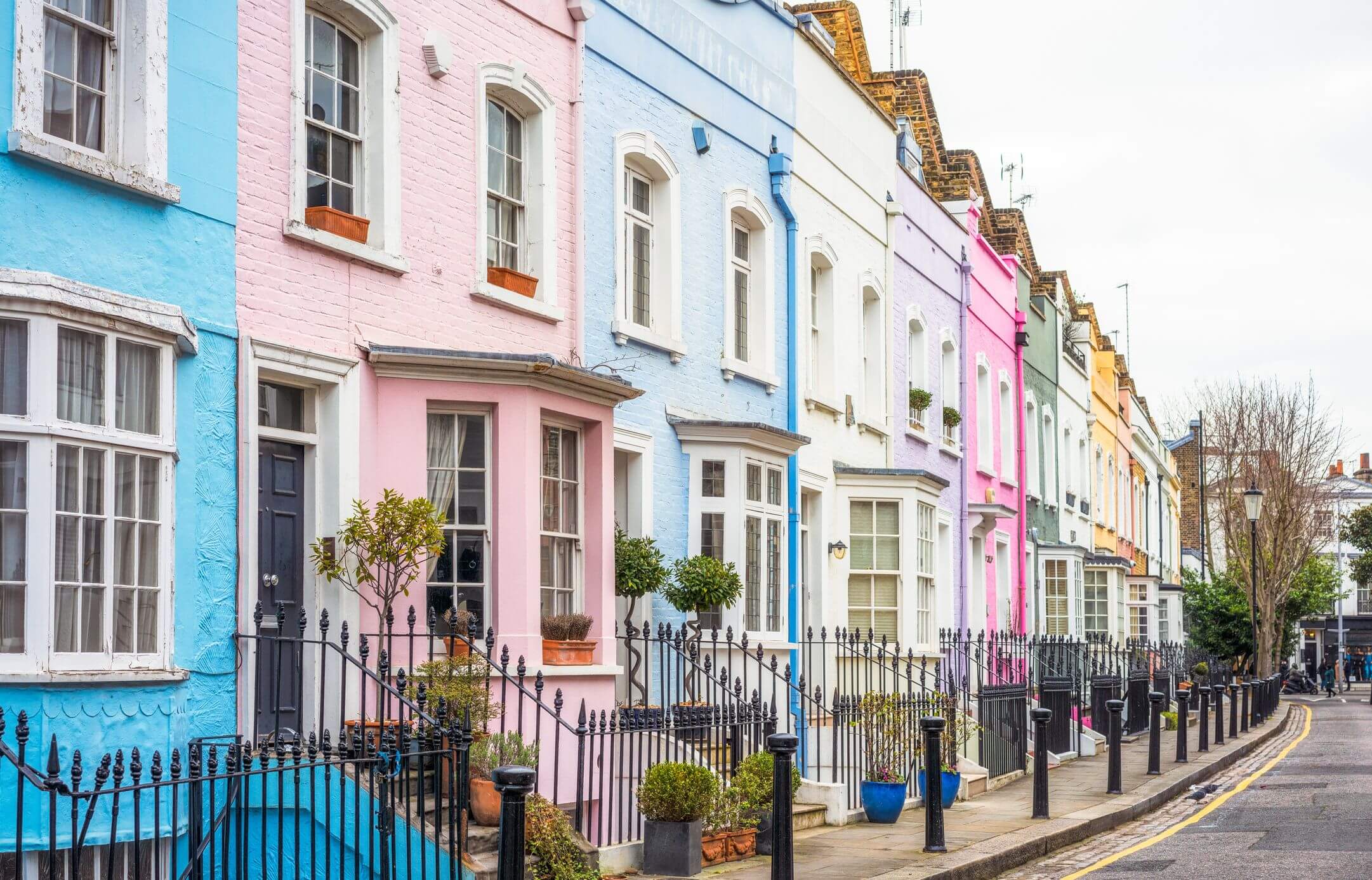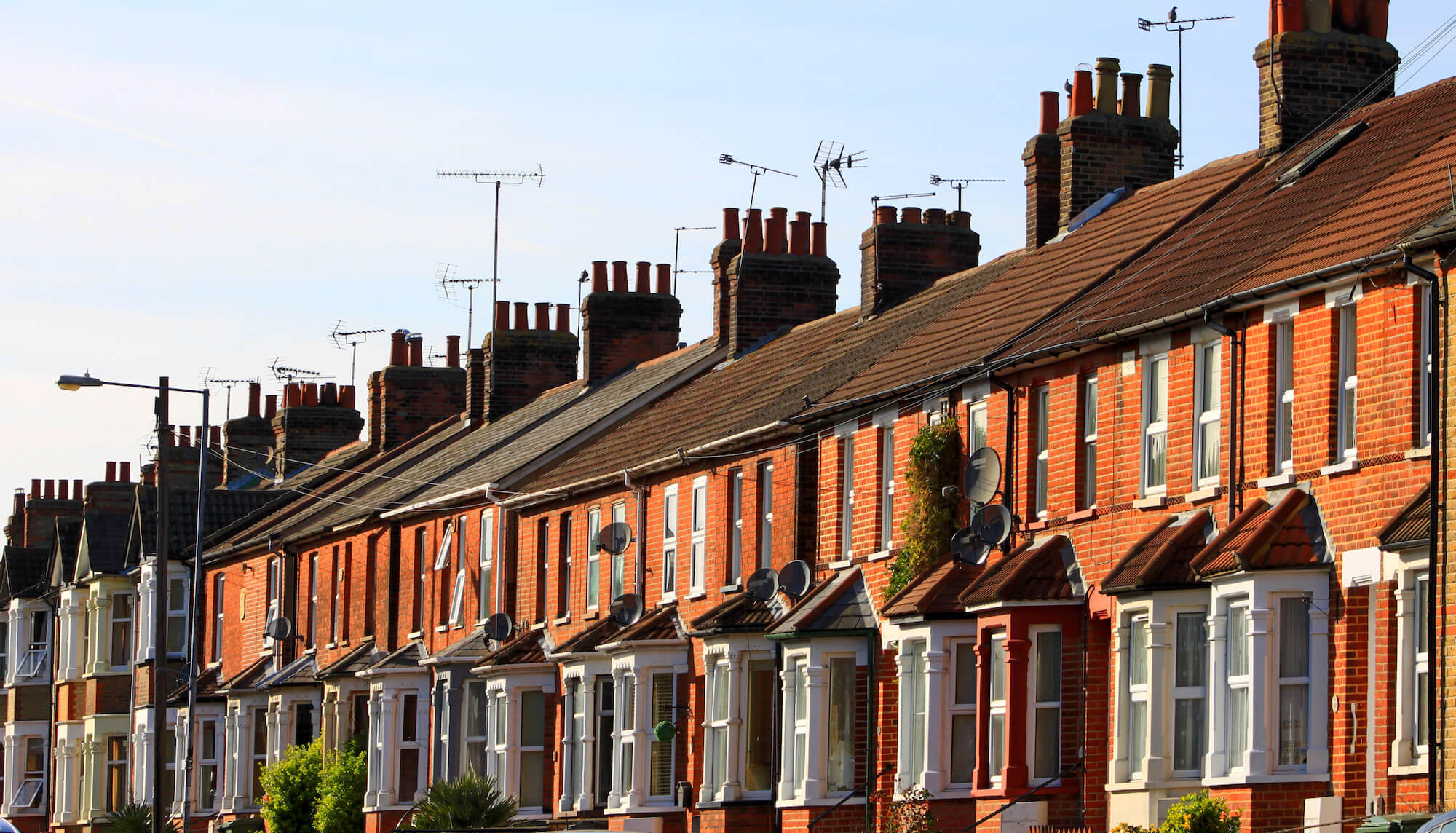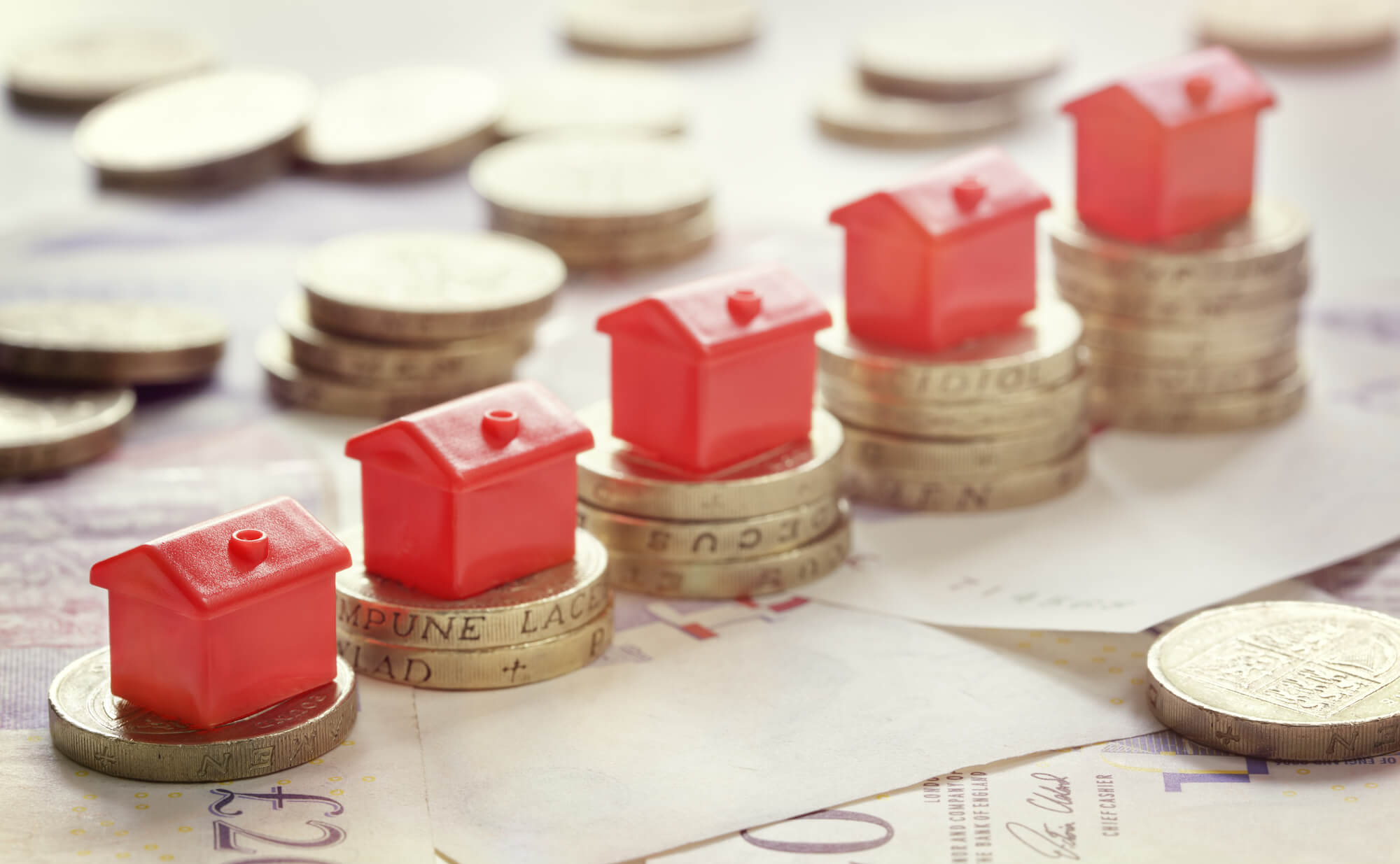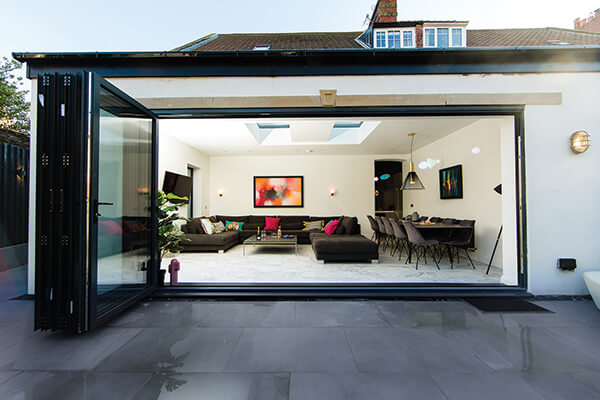Property Hike is More than Median Salary
Halifax recorded the value of the average UK property price at £276,759 last month.
That was a rise of 0.3 per cent on the previous month and lower than in previous months, the bank’s Housing Index showed.
Having said that, the cost of a UK property – based on the number of mortgage approvals – is an increase of £24,500 on January last year, and £37,500 higher than in January 2020.
Meanwhile, the average UK property is selling in around 39 days.
Property increase more than median salary
That annual increase of £24,500 is a jump of 9.7 per cent and as one property commentator pointed out, is more than the median wage for the under 30s. That makes it seem even more unlikely that a first-time buyer will be able to afford their own home without help from the Bank of Mum and Dad and/or other financial means.
Property analysts expect the rise to level out even further as time goes on, thanks to rising household bills and increased bank interest rates. Unfortunately for householders on variable mortgage rates, these are expected to increase by around one per cent this year.
Households face biggest cost of living squeeze in 30 years
Meanwhile, the Bank of England expects inflation to rise to around 7 per cent. Then there are the huge utility costs most UK home face from April onwards. No surprise then that the coming months are being billed as ‘the biggest cost of living squeeze’ for 30 years.
Halifax managing director Russell Galley commented: “While the limited supply of new housing stock to the market will continue to provide some support to house prices, it remains likely that the rate of house price growth will slow considerably over the next year.”
So low is the amount of housing stock available – both for sale and rent – that property consultancy TwentyCi say it’s the lowest number since they started collecting data, back in 2008.
In January this year there were 350,980 properties listed for sale throughout the UK. That was 36 per cent fewer than the same time in 2021.
“In my living memory, we’ve never been in this situation before,” said Colin Bradshaw, managing director at TwentyCi. “The lack of supply has broken the sale and lettings markets.”
London bucks the trend – for the wrong reasons
In London, TwentyCi report the number of homes for sale today has actually increased from the past two years, at 75,470 and 71,850 respectively. That’s because there are 20 per cent more flats on the market – while people are still looking for detached and semi-detached houses (as a result of the pandemic race for space).
Richard Donnell, executive director at Zoopla says that the number of first-time buyers is also contributing to the property shortage – simply because they have no property to sell (ie put back into the market). And considering one third of homes are sold to first time buyers, that’s a big shortage. Another 10 per cent of homes, he said, are sold to property investors who then rent them out as a buy to let investment.



